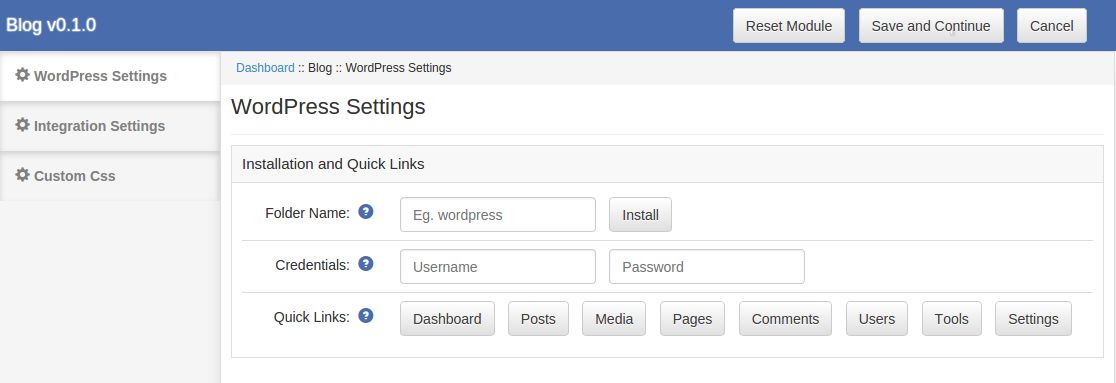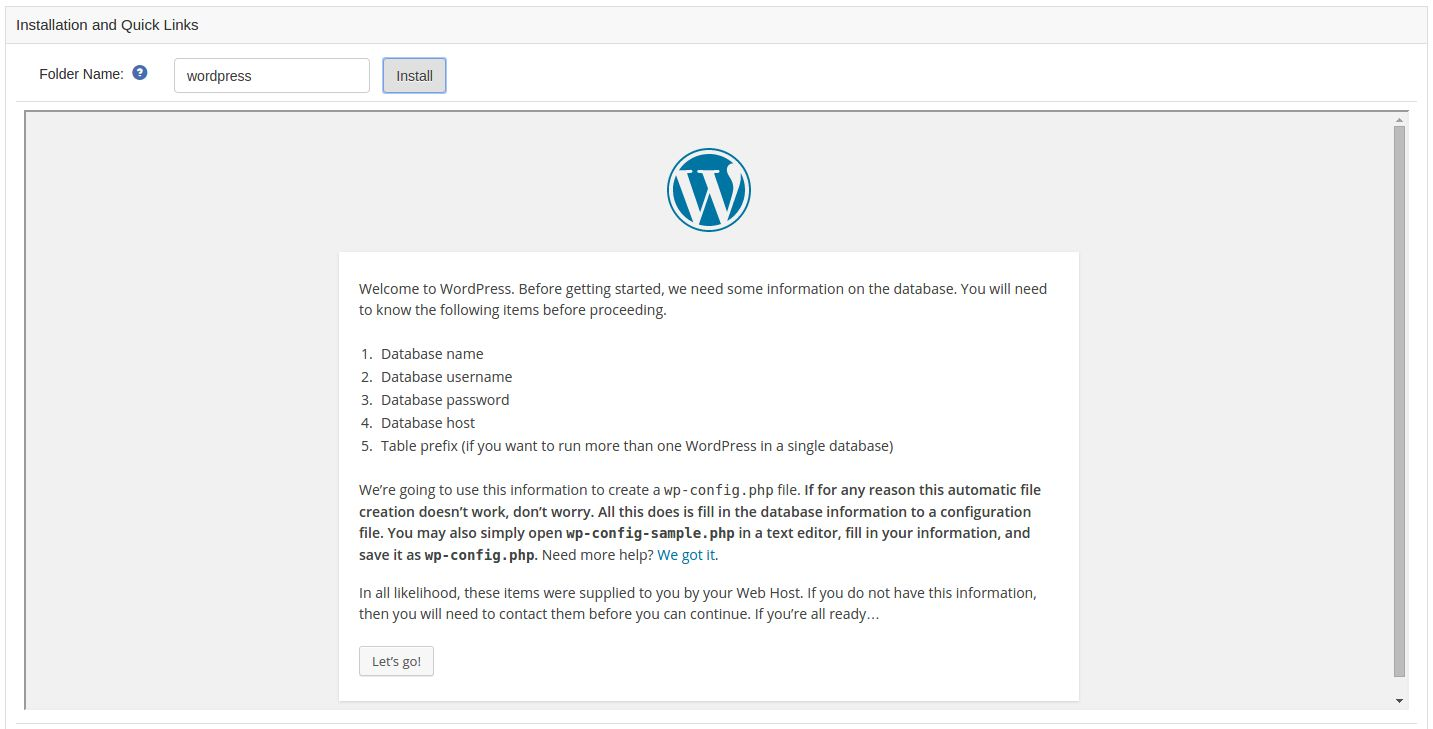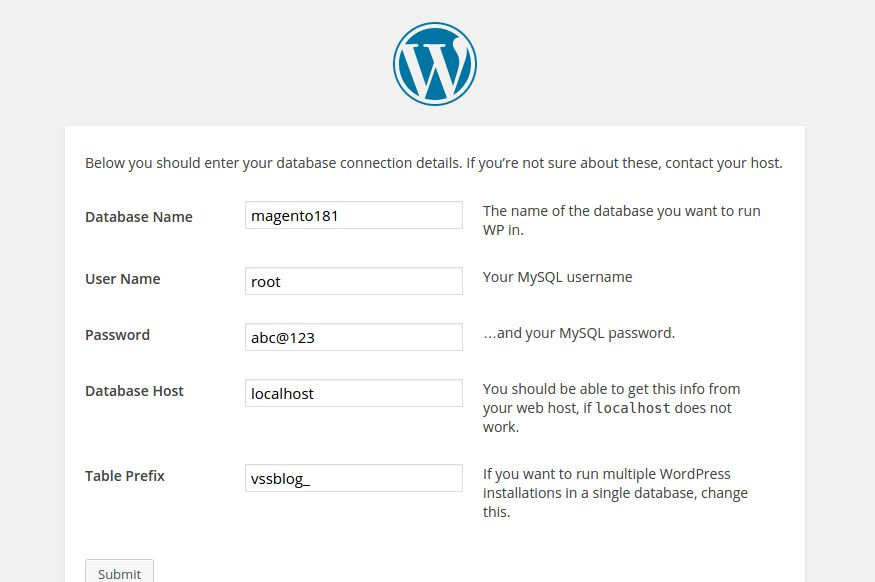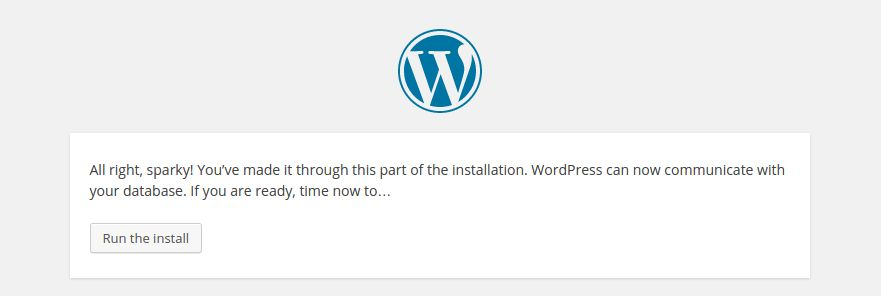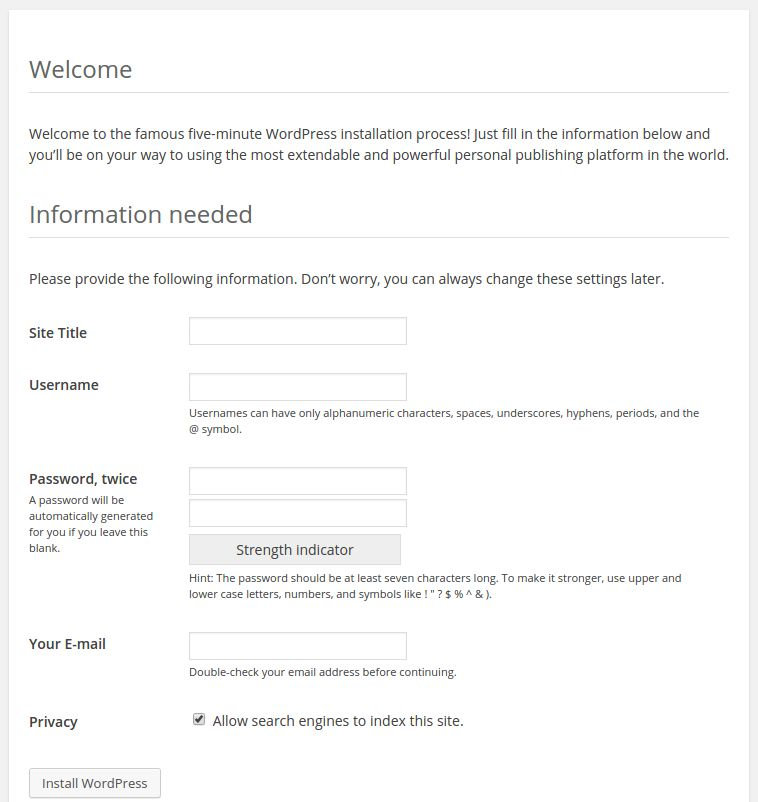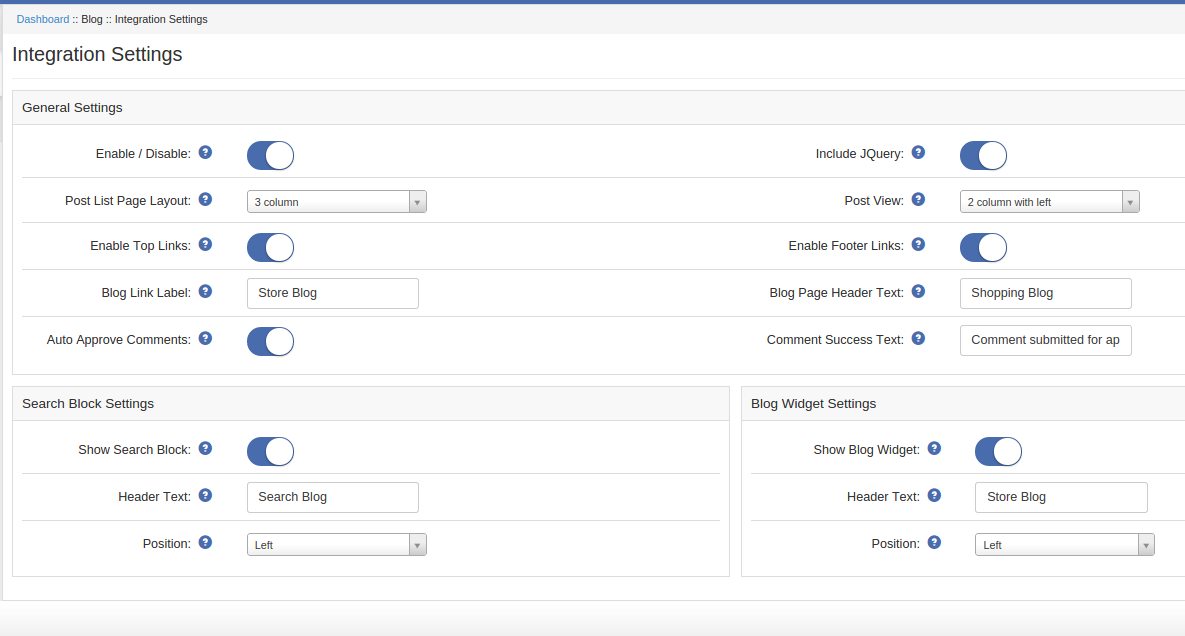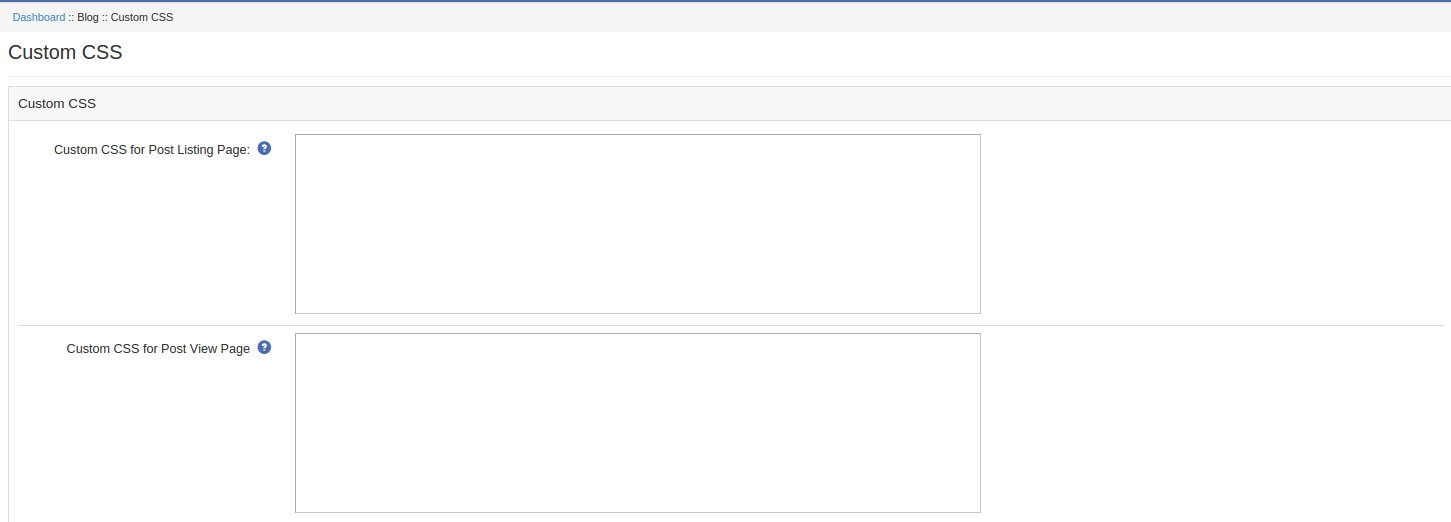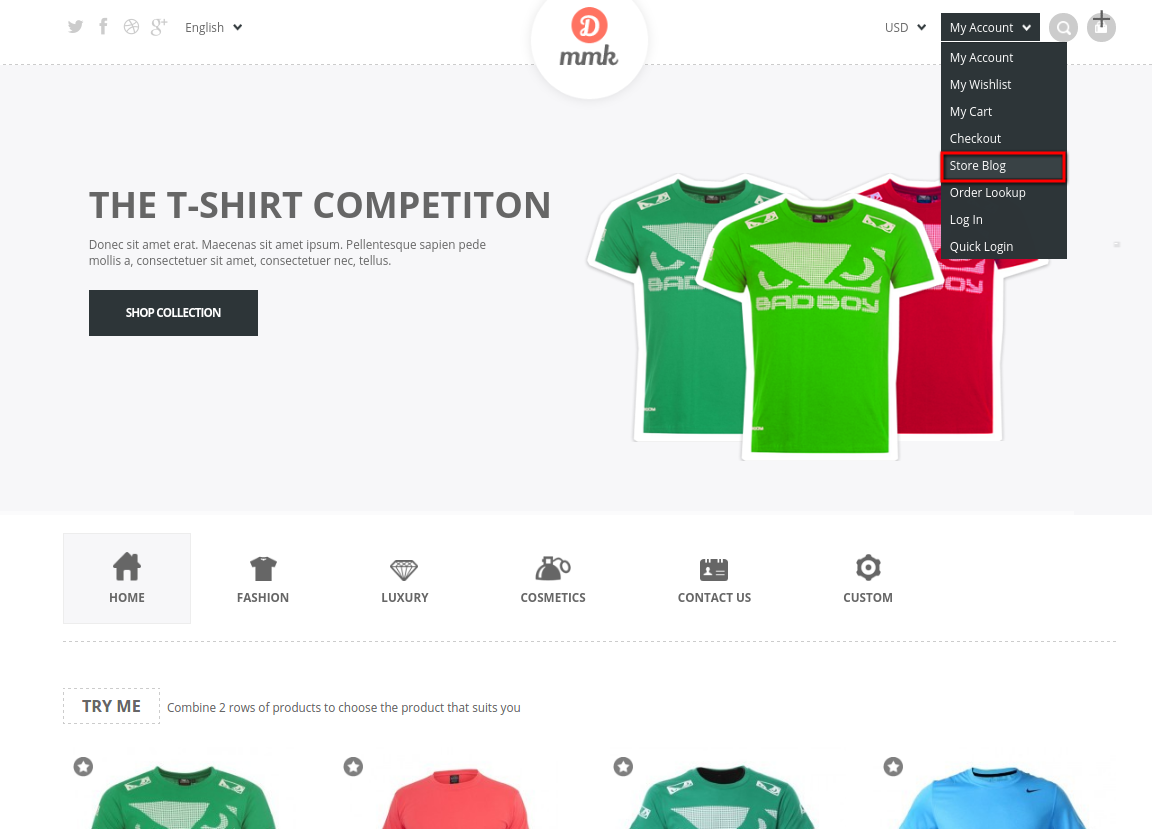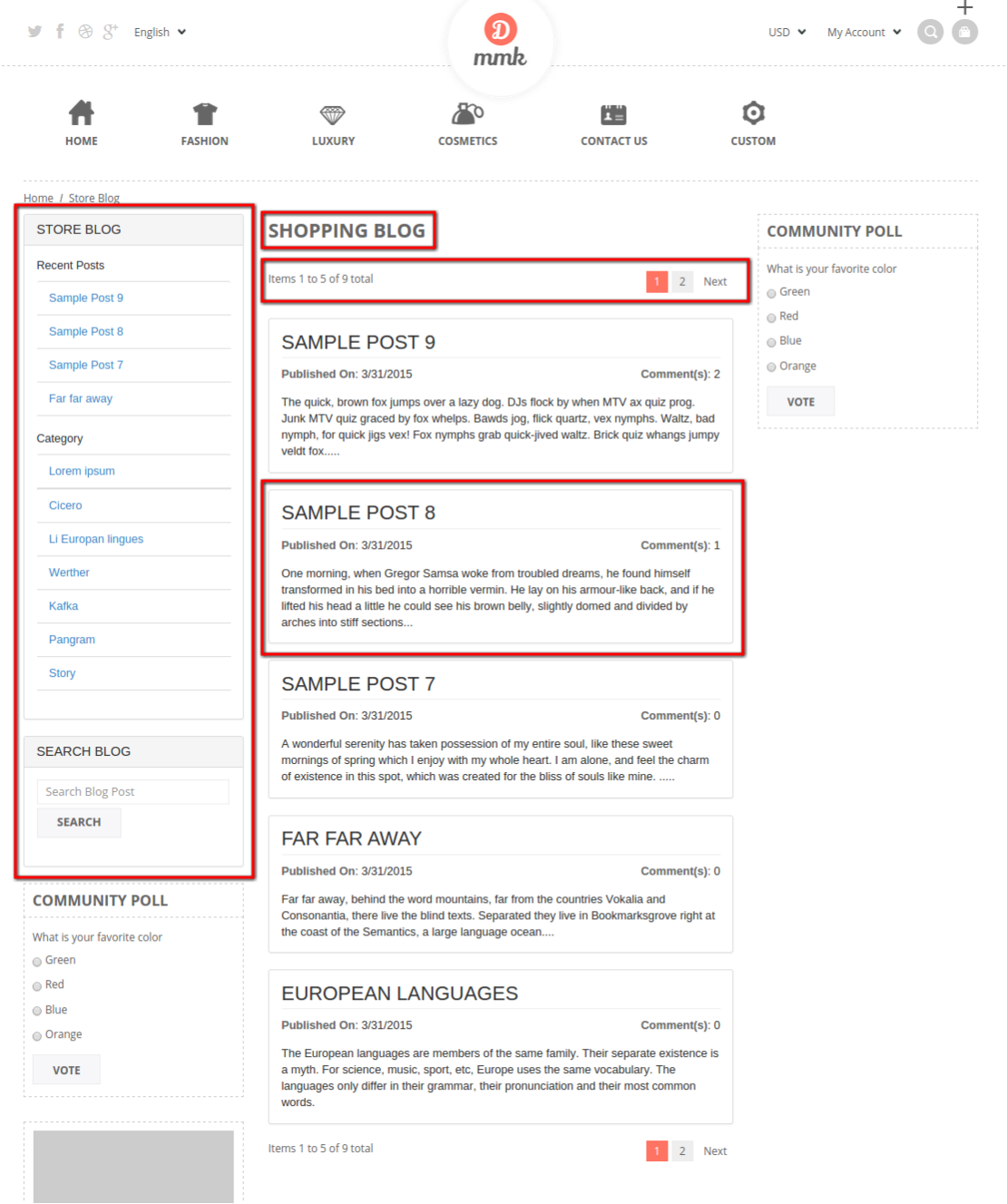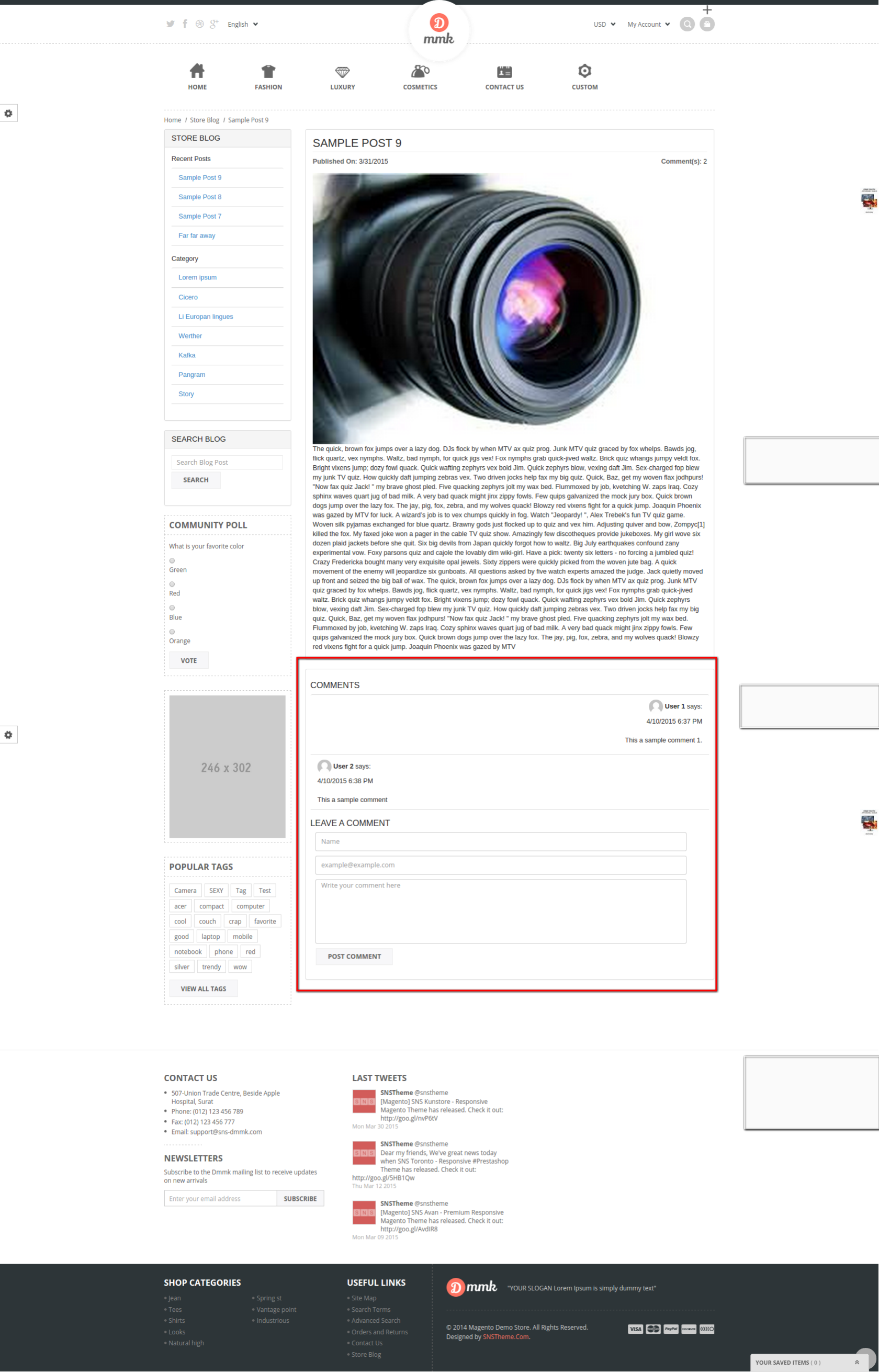Installation Steps
1. Disable the Cache
The Magento front end relies heavily on caching to provide a faster experience to customer. This is a wonderful tool, but can wreak havoc during the installation process. To ensure that the cache is not the cause of any problems, we should turn it off. This can be done from the admin console by navigating to the cache management page (System->Cache Management), selecting all caches, clicking disable from the drop-down menu, and submitting the change.
2. Disable the Compilation Mode
This may not be an issue for many readers, but if you are using Magentos compilation mode on your store, it is important that you remove it.Without going into to many details, compilation mode takes many files spread out over the system and condensing them into a single file that can be run very quickly. If an extensions files are not in the system when this single file is compiled, they will not be included. To check that this is disabled, go to System->Tools->Compilation. If the compiler status is Disabled, you are ready to go. If not, simply click the Disable button on the right hand side of the screen.
3. Required Material
All files used by the extension.
FTP access to your website.
The connect manager is a useful tool for installing extensions, but prefer hands-on method when it comes to installations. It feels more comfortable when you are personally in control of the process.
Do you see an app-code directory there, what about app-etc-modules? If you dont see these directory paths and files contained within them, chances are that the extension download was faulty. Take a look at the package.xml file, this is the blueprint used by Magento Connect to arrange the files in the proper places. You may need to use this to ensure that everything is as it should be. Once you have reviewed the extension files you are ready to perform the last step.Using your ftp client, drag all of the files onto the store root of the magento instance.

Depending on the number of files in the extension, this may take a few moments. Now go to the admin console and click Flush Cache Storage. This is the requirement for any extension that adds pages to the admin console. Logging out and back in is also required to ensure thateverything loads properly. If you cannot clear the cache via the admin console for any reason, you will need to clear the cache manually via your FTP client (see the first FAQ question for assistance). That is the final step. Congratulations on a successful installation.
NOTE In extension there is folder named as “knowband_wordpress”.You can rename this folder as per your choice.
4. Access Magento Blog in Admin-Console
1.To excess Magento Blog plugin, Click on Blog Menu appearing in System Menu navigation menu as shown below.
2. On clicking menu Blog the module for plugin will open. It contains navigational bar at the top, Tab menu at the left and in main content the first general setting tab will display.
Troubleshooting & FAQs
“I loaded all files onto my Magento store, and now get a white screen for some or all of the admin console.”
This is a fairly common problem, and 99% of the time it is cache related. If you can get to it, go
to System->Cache Management and click Flush Cache Storage. This will ensure that
everything cached by Magento is deleted and will to be regenerated. Log out and back in to
complete the process.
If you are completely cut off from the admin console, navigate to the var-cache directory of
your website. You should see a series of directories named mage*. Delete all of these
directories (DO NOT DELETE var-cache). This is the equivalent of flushing the cache storage
from the admin console.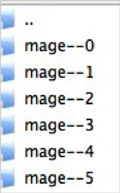
“I am receiving a Magento error when accessing certain pages. How can I debug this?”
This question really deserves a blog post all to itself, but a good start would be to go into the
errors directory of your store. Locate the local.xml.sample file and rename it local.xml. The
next time you see the error detailed information will be provided explaining where the error took
place. Dont forget to change this back when you are finished troubleshooting!
I have a critical error with my webstore and need to turn off an extension I cannot access the admin console.What do I do?
Go to the app-etc-modules directory and open the file that goes with your extension. The naming
convention is generally DeveloperName_ExtensionName.xml. In this case it would beVss_Blog.xml.Look for the active tags in the file, change the value from true to false and save your changes.This tells Magento that the extension is disabled and not to run any code associated to it.Deleting the Magento cache is recommended (and most likely required) for this change to take
effect.
WordPress Settings
This tab provide interface for installing WordPress and Quick links for WordPress Admin Panel. Before beginning the installation copy the WordPress folder in magento root directory and make sure it have write permission as WordPress need to write a file during installation . If Write permission is not given to WordPress folder then you have to manually write a file. After copying folder open WordPress Setting Tab.
1. Folder Name : Enter the name of the root directory of WordPress by default its wordpress.
Note: Dont add any slash before and after folder name. Simply enter the folder name.
Eg: wordpress.
2. Install : After entering the folder name click install button. When you click the install
button a frame will open below and follow the instructions. The frame will look like as shown below:
WordPress Installation
Step 1: Welcome Screen. Click button labeled as Lets Go.
Step 2: Database Configuration. Here you will get all fields automatically filled. You just need to click submit. The WordPress database will be created in your magento database.
Step 3: Run Installaer. Click button Run Installer.
Step 4: Configure WordPress Account. Setup your WordPress account details and click install. That it you just successfully installed
WordPress.
3. Credentials: Enter your WordPress username and password and click save and continue.
4. Quick Links: Once you saved the WordPress credentials you can use these links to access WordPress controls automatically without logging in.
Integration Settings
In this tab you can configure the magento- wordpress integration setting.Following is the details
for each option:
General Settings:
1. Enable/Disbale: To enable the Magento Blog Module for your store.
2. Include JQery: jQuery is a java framework which is required for this module. Many
magento themes and extension inlcude jQuery store frontend. Enable if your theme or other
extension is not using jQuery.
3. Post List Page Layout: Select a page layout for page on which all blog post will be listed.
4. Post View Page Layout: Select a page layout for page on which blog complete content of post will be display with comments if allowed.
NOTE: In one page layout Search block and Blog Widget will not display as they both can be set only either left column or Right column.
5. Blog Link Label: Set the text label for top links and footer links.
6. Blog page Header Text: Set the text for header of blog page .
7. Enable Top links: Add a link in top links which allow users to access the Blog Pages.
8. Enable Footer links: Add a link in Footer links which allow users to access the Blog Pages.
NOTE: Disabling both link will make user unreachable to Blog pages.
9. Auto Approve comments: Enable this to automatically approve the comments on the blog.
10. Comment Success Text: Set a text to be display when a comment is successfully posted and submitted for approval.
Search Block Settings:
1. Show Search Block: A block containing a text field that allow user to search the blog post.
2. Header Text : Set a header text for search block.
3. Position : Set the position of search block.
Blog Widegt Settings:
1. Show Blog Widget: A block containing 5 recent post and all parent category of blogs. When user click any on recent post that post will open. When a user click any of category then all posts of that category will listed.
2. Header Text: Set a header text for blog widget.
3. Position: Set the position of blog widget.
Custom CSS Settings
In this tab you can get CSS for blog list page , blog view page , search block and blog widget also. Following is the details of each option:
1. Custom CSS for Post Listing Page: Enter the CSS code you want to apply on blog list page.
2. Custom CSS for Post View Page: Enter the CSS code you want to apply on blog view page.
3. Custom CSS for Search Block: Enter the CSS code you want to apply on Search Block.
4. Custom CSS for Blog Widget: Enter the CSS code you want to apply on blog widget.
Blog Top Link
Blog Footer Link
Blog Listing
Blog Post and Comment
Liked This? You’ll Like These Too


